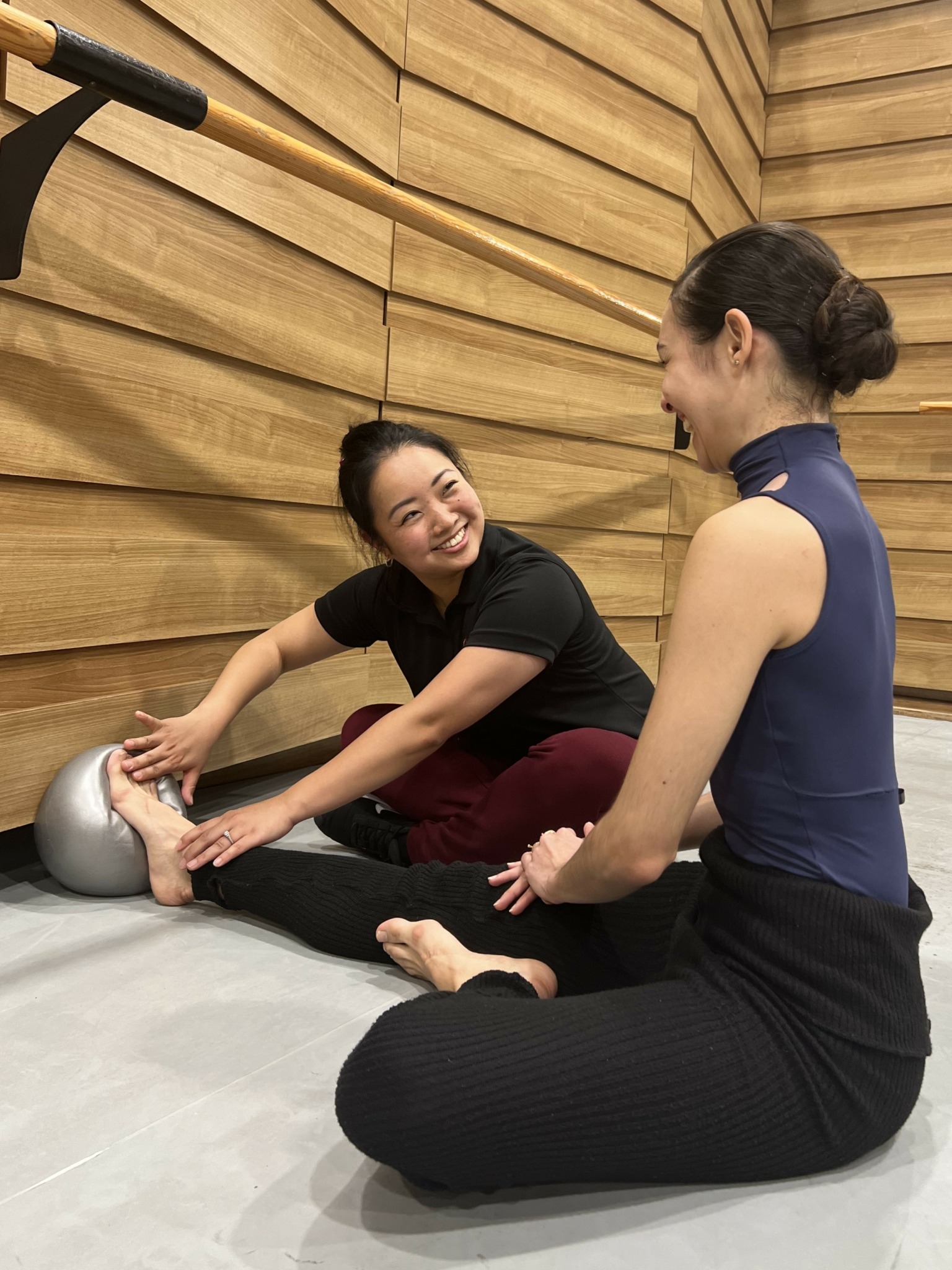We were lucky to catch up with Natsuko Oshima recently and have shared our conversation below.
Alright, Natsuko thanks for taking the time to share your stories and insights with us today. We’d love to have you retell us the story behind how you came up with the idea for your business, I think our audience would really enjoy hearing the backstory.
Throughout my professional dance career, I suffered many dance-related injuries which led to three surgeries. Everytime I went to physical therapy for my rehabilitation, I would learn a lot but also wonder why I needed to be injured in order to see a PT.
As I transitioned from professional dancer to PT, I started to think about the best way to help dancers. I decided to offer mobile PT services where it is most convenient to them, for example in the dance studio; that way, I can treat dancers and provide appropriate educational and wellness classes for injury prevention and performance enhancement on site. By breaking free from the traditional clinic setting, it makes it easier for dancers to seek help before their injury becomes more serious, while also making dance medicine more accessible.
My cash-based (self-pay) physical therapy and wellness services allow me to provide personalized services free of insurance restrictions. Commonly, you get injured, try to dance for a few days hoping you can keep going, and it gets worse; you then try to see a doctor and get a PT order, finally allowing you to schedule a PT visit. By that time, it has already been 2 weeks. In the state of Arkansas, we have direct access, so I can immediately evaluate and treat dancers; if it is serious, I can address patients to the appropriate medical care. Moreover, your doctor may tell you to “rest” and be in a boot for 3 weeks. So really, it can be over a month from your injury to the time you get to see a PT. I want to tell dancers that there are so many things you can do to maintain your fitness and even improve your strength without stressing your injured body part even before the official PT visits start. I can make you sweat in a non-weight bearing position! You do not have to wait until you are out of the boot to see me! You do not have to sit out in the studio watching other people dancing and then crying at home! I will make sure to keep you busy and fit to optimize your recovery and performance enhancement.
Even if dancers decide to go to another PT clinic for their rehabilitation using their insurance, I offer complementary wellness sessions in collaboration with them. For instance, in most cases when patients use their insurance, therapists can only treat the body part(s) indicated by the physician’s order and/or authorized by the insurance carrier. Dancers need holistic care and full body conditioning to return to the stage as quickly as possible while preventing future injuries. Thus, I provide conditioning sessions to strength and maintain non-injured body parts and overall fitness communicating/collaborating with their main therapist and dance teachers.
Lastly, the biggest struggle is lack of understanding and support when dancers return to the stage. By the time they can perform daily activities, they are likely to be discharged by the medical care practitioner. Thus, many dancers do not have the appropriate support and care to fully restore them to their dance functions, and end up rushing to return to their previous level and demands of dance-related activities. The leading risk factor for injury, particularly in sports and physical activity, is previous injury. This is where my business idea shines, since I, a licensed physical therapist, former professional ballet dancer, and lifelong dance instructor, can go to the studio and give them what they need to fully recover and return stronger than ever.

Great, appreciate you sharing that with us. Before we ask you to share more of your insights, can you take a moment to introduce yourself and how you got to where you are today to our readers.
I was born in Osaka, Japan. I fell in love with ballet when my grandmother took me to see the world-famous Bolshoi Ballet perform “Swan Lake” when I was 5. It was love at first sight and since then, ballet has been my life. In 2008, after extensive training at the Osaka School of Music and the Academie de Ballet Kyoto in Japan, the Bolshoi Ballet Academy in Russia, I moved to North America to pursue a professional dance career. I attended the Alberta Ballet School pre-professional program in Canada before moving to the United States seeking more opportunities, and to train under former Bolshoi principal Tatiana Berenova. Along the way, I picked up a few awards, including the Diploma of Honor for the Opera Nationala Romana Iasi in Romania in 2013, and the bronze medal at the World Ballet Competition in Orlando in 2010.
While preparing for the World Ballet Competition, I fractured the sesamoid bone in my left foot. I competed—and won—on that broken foot, but not without a cost. The bone had to be removed through surgery. Two years later, while dancing at the National Opera Theatre in Romania, I suffered a stress fracture on my left shin, and a second surgery was required. While recovering, I learned I had been accepted to dance at the prestigious Ballet Nacional de Sodre in Uruguay, directed by Julio Bocca; he was a famous principal dancer at the American Ballet Theater and I had always admired him since I was little. Like many dancers in this position, I refused to say no and flew to Uruguay only one month and a half after surgery. I recovered gradually and managed to dance for 2 seasons, but then re-injured myself during the 3rd season while rehearsing Cupid, my dream role, in “Don Quijote.” I was forced to dance with a fractured leg with the aid of 3 different kinds of pain medication. Throughout the most memorable moments in my career, I was always injured and dancing in pain. Ultimately, I was not able to fully recover well and the injuries forced me to leave my dance career behind.
After enduring this traumatic experience, I became passionate about supporting and healing dancers. I returned to school, graduating with a Bachelor of Science with Special Distinction in Health and Exercise Science at University of Oklahoma in Norman, OK in 2018, and then completing a Doctor of Physical Therapy degree at Texas Woman’s University in Dallas, TX in 2022. I became a licensed physical therapist in Arkansas and Tennessee. Currently, I own THERAPY EN POINTE which offers specialized care in the Central Arkansas area to help dancers and performing artists achieve their true potential, extend their careers, and enrich lives through their art. I provide traditional patient care as well as injury prevention classes, screening services, and educational workshops in-person and virtually. I am also an adjunct researcher and educational coach at Waseda University Faculty of Human Sciences e-School (a top-ranked private university in Japan) while simultaneously pursuing my PhD. Additionally, I am a ballet instructor at Shuffles and Ballet II in Little Rock, AR as well as providing ballet master classes and workshops in the U.S. and internationally.
In my experience, it is extremely rare to find physical therapists who are educated and sensitive enough to a classically-trained dancer’s needs, as most of them typically work with sports athletes. Ballet is an art form, so physical therapists need to understand the methods and traditions intrinsic to ballet, as well as the style of ballet.
I have always wanted to be a PT who is right there with the dancers–someone they can casually say “hey” to before injuries become serious. Someone they can turn to with questions about improving technique, strength, dance fitness, and “you name it” to become a successful dancer! As a clinician, I want to give back to my patients and colleagues, so they do not make the same mistakes I did; as a researcher, I would like to conduct research on dance-specific movements. Undergoing this traumatic experience ignited a new passion for physical therapy, one in which I can incorporate my dual experience as dancer AND physical therapist, in order to better serve my colleagues and prevent career-threatening injuries.

We’d love to hear a story of resilience from your journey.
There are three key moments in my life that I think best reflect my resilience.
The first one occurred at the peak of my pursuit of a professional ballet career. I had submitted audition materials to more than 200 companies worldwide, and the majority of responses were rejections. Often, the reasons were completely out of my control: “You’re too short,” “We already have three Asians in the company,” “We can’t sponsor your visa.” It was devastating. Each time I hit a wall, I would ask myself, “Do I still want to dance?” And the answer was always “yes.”
There were countless times when I just wanted to cry, but I’d look in the mirror and ask myself, “Are you going to waste the rest of the day crying, or are you going to take one more step toward your dream?” So rather than giving up, I would continue searching for opportunities—sending more applications, traveling to auditions, and going to ballet competitions. On the most difficult days, I would remind myself that even if I could not control the outcome, I could at least control my effort. That mindset helped me to push forward despite the constant discouragement. And eventually, I started winning competitions and getting jobs!
The second defining moment came when I transitioned from being a dancer to becoming a physical therapist. It was more than just a career change—it was a full-on identity crisis. After dedicating more than 20 years to ballet, it was heartbreaking to realize that my body could no longer keep up with the physical demands of professional dance. Looking back, I now understand that part of the reason was not knowing how to care for my body properly. That realization was painful, but it ultimately became the catalyst for my new mission in life: helping other dancers care for their bodies, prevent injuries, and extend their careers in ways I was not able to. Though I initially felt lost, like I wasn’t myself anymore, that moment planted the seed for the meaningful work I do today.
In reality, however, returning to school as an adult learner—and a non-native English speaker—was challenging. I needed to focus on who I was becoming, not who I had been. I promised myself that I would invest the same time, discipline, and dedication into becoming a physical therapist as I had into ballet. That commitment led me to graduate with a 4.0 GPA and Special Distinction. But emotionally, it was still hard. There was a hole in my heart that nothing seemed to fill.
Even with all my other accomplishments I still missed ballet more than words could express. I tried going back to class, but it only made things worse. Everything I once loved—music, choreography, even the feel of the studio—became painful. Instead of feeling joy, I felt emptier. In a way, PT school helped me survive because I didn’t have time to dwell on the loss.
Now, as a physical therapist working with dancers, I feel like my heart is slowly healing. Supporting others in their dance journeys has allowed me to stay connected to the art form I had always loved and helped me reconnect with my own. I can now say that I have been able to rebuild my identity not by leaving dance behind, but by embracing a new -and larger- role within the dance world.
The third resilience story is related to the next question.
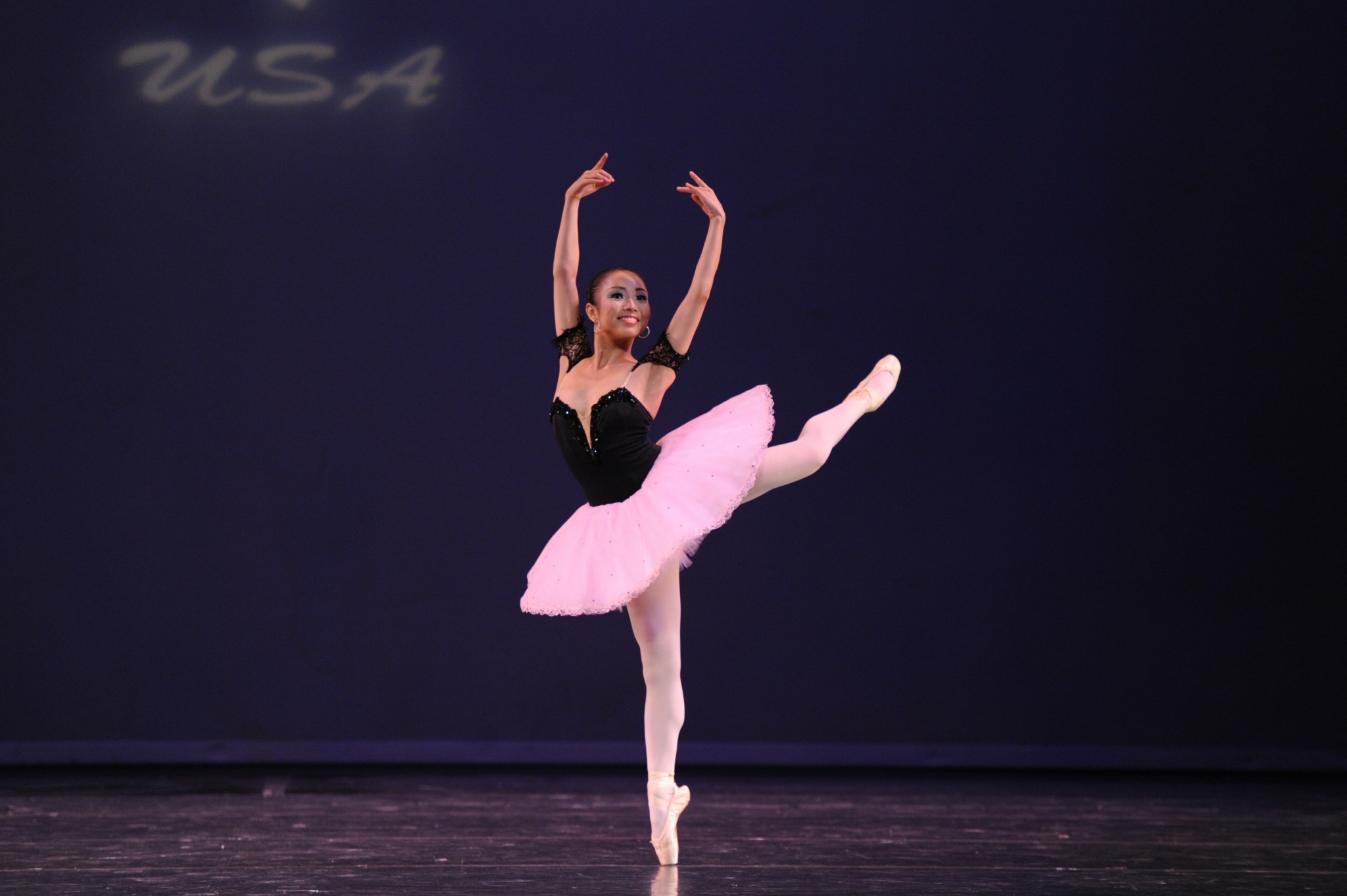
What do you think helped you build your reputation within your market?
Passion and consistency have been the cornerstones of building my reputation. When I moved to Little Rock after graduating from PT school in Dallas, I only knew one person, my husband, who is a librarian and violinist with the Arkansas Symphony Orchestra. He moved there for this job but I was starting from scratch. No one knew who I was, what I could offer, or how deeply committed I was to supporting dancers and performing artists.
Launching my own practice, THERAPY EN POINTE, as a newly licensed physical therapist was a leap of faith. I had no clients, no network, just a strong belief in my vision and the promise I had made to myself: to stay true to my purpose and build something that could truly support this community, so that no one else would have to go through the kind of pain I did as a former professional dancer.
The first year was tough. I emailed, called, and visited dance studios, fitness centers, and arts organizations just trying to have conversations and understand their needs so I could offer my services accordingly. I was not trying to be pushy; I would simply show up, listen, and look for ways to help, with my combined background as a dancer, PT, and educator. At the same time, I continued to invest in advanced training through programs like Dance Medicine Education Initiative, Pivot Dancer, Dance Prehab, The Circus Doc, and others to deepen my skills and knowledge.
It definitely took a lot of time and effort, but that quiet consistency paid off. People began to trust me, not because of a flashy pitch, but because I was always there—at performances, festivals, studios—genuinely invested in their goals.
Now in my third year as owner of THERAPY EN POINTE, I am grateful to be working for incredible groups such as Shuffles and Ballet II, Ballet Arkansas, Arkansas Circus Arts, McCafferty Academy of Irish Dance, Little Rock Tap Festival, Arkansas Dance Network, the Arkansas Symphony Orchestra, and individual local artists. My reputation and success grew not as a result of one big leap, but from a patient and calculated series of many small, sincere steps—built on heart, resilience, and showing up for others. Just like in ballet!
Contact Info:
- Website: https://www.therapyenpointe.com/
- Instagram: @natsukoinsta
- Linkedin: https://www.linkedin.com/in/natsuko-oshima-dpt
- Twitter: @therapyenpointe
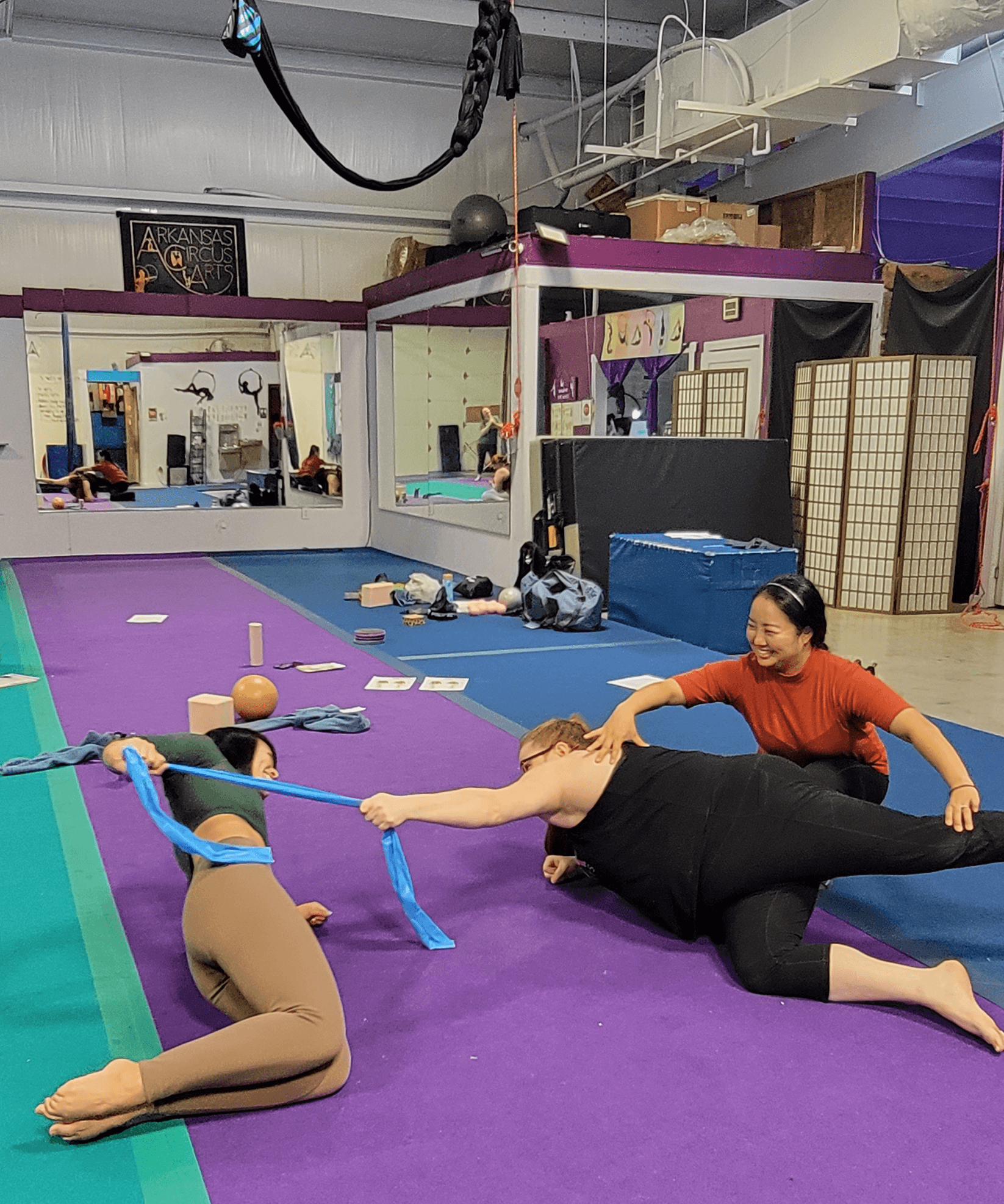
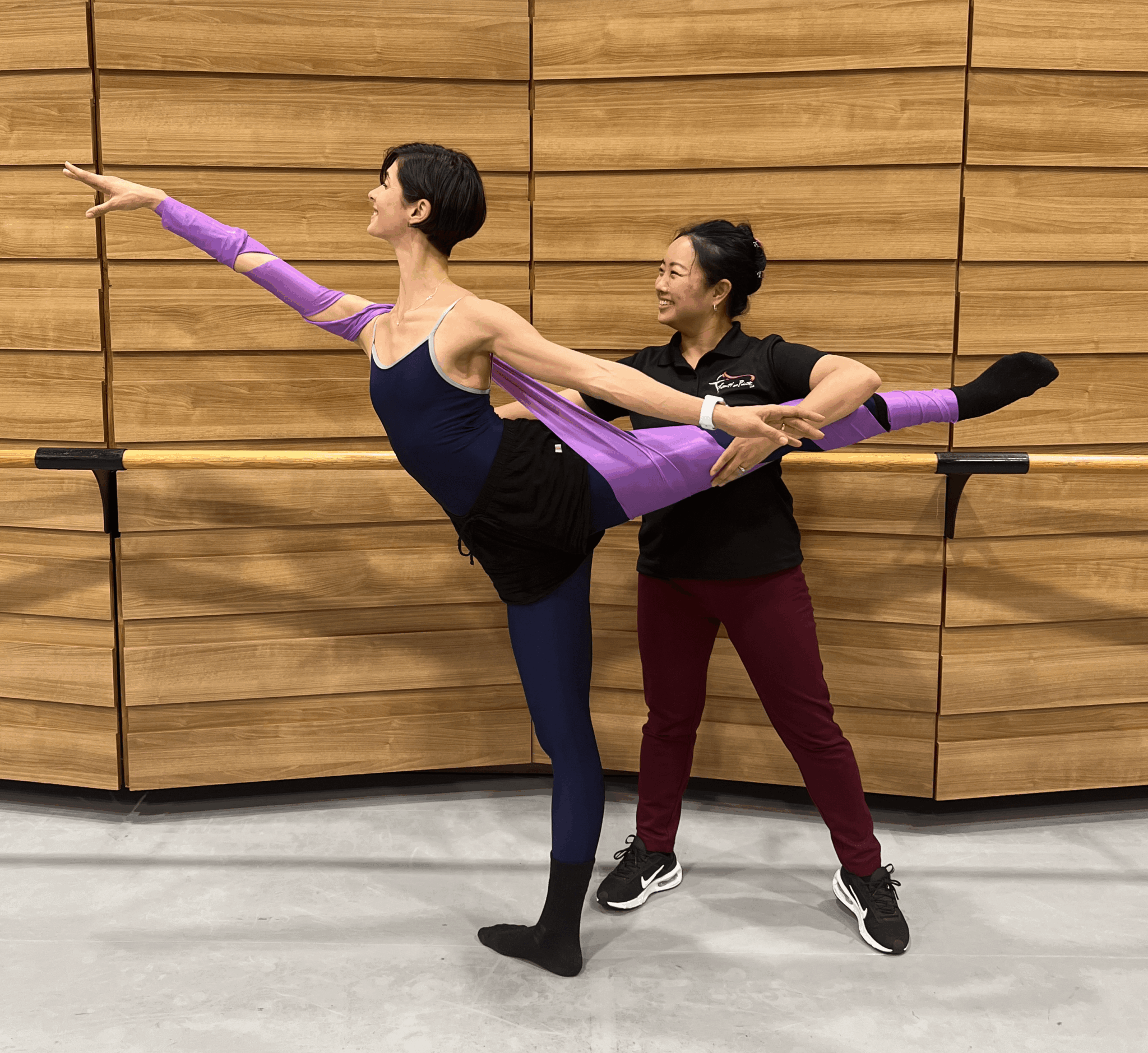
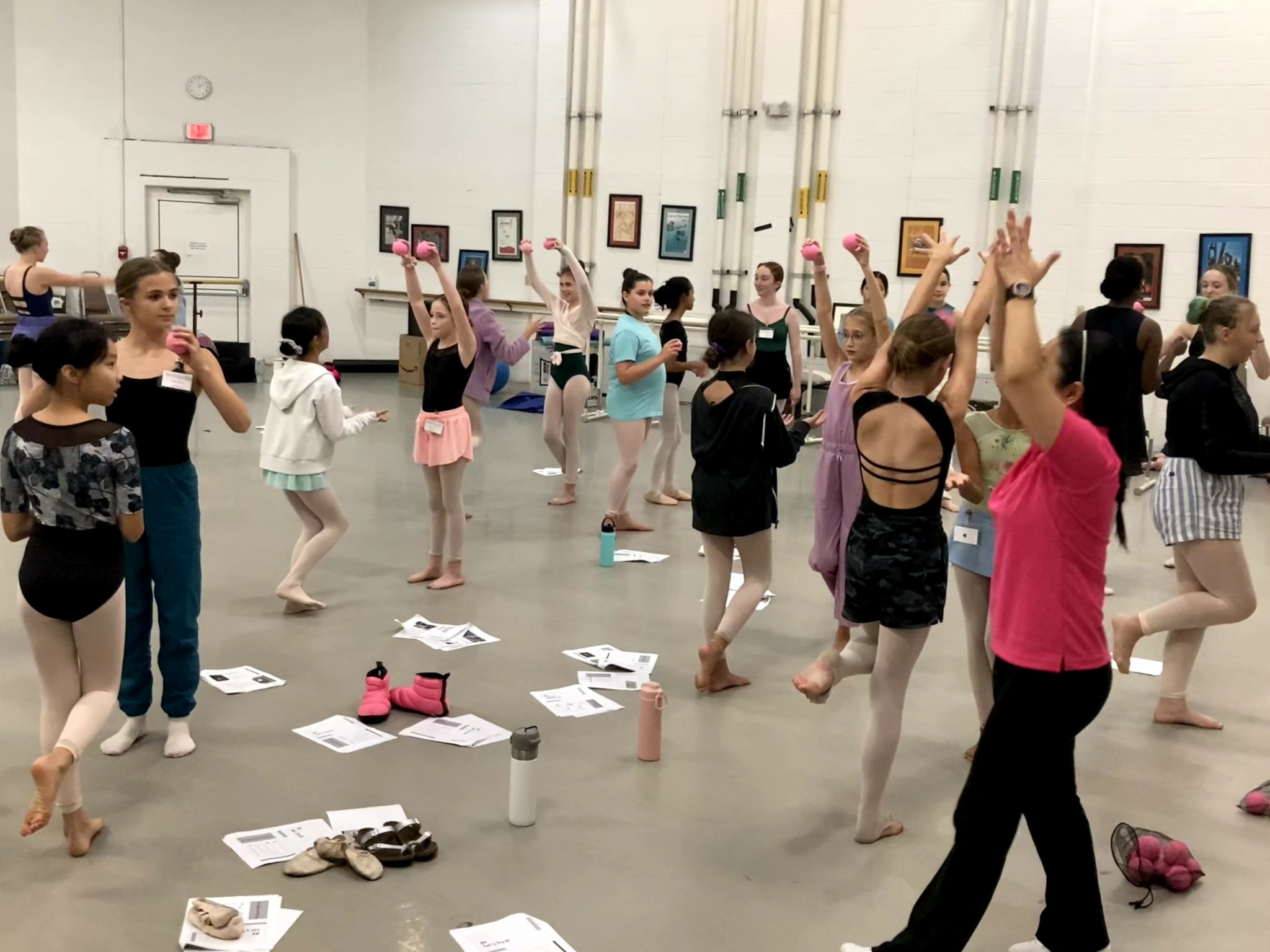
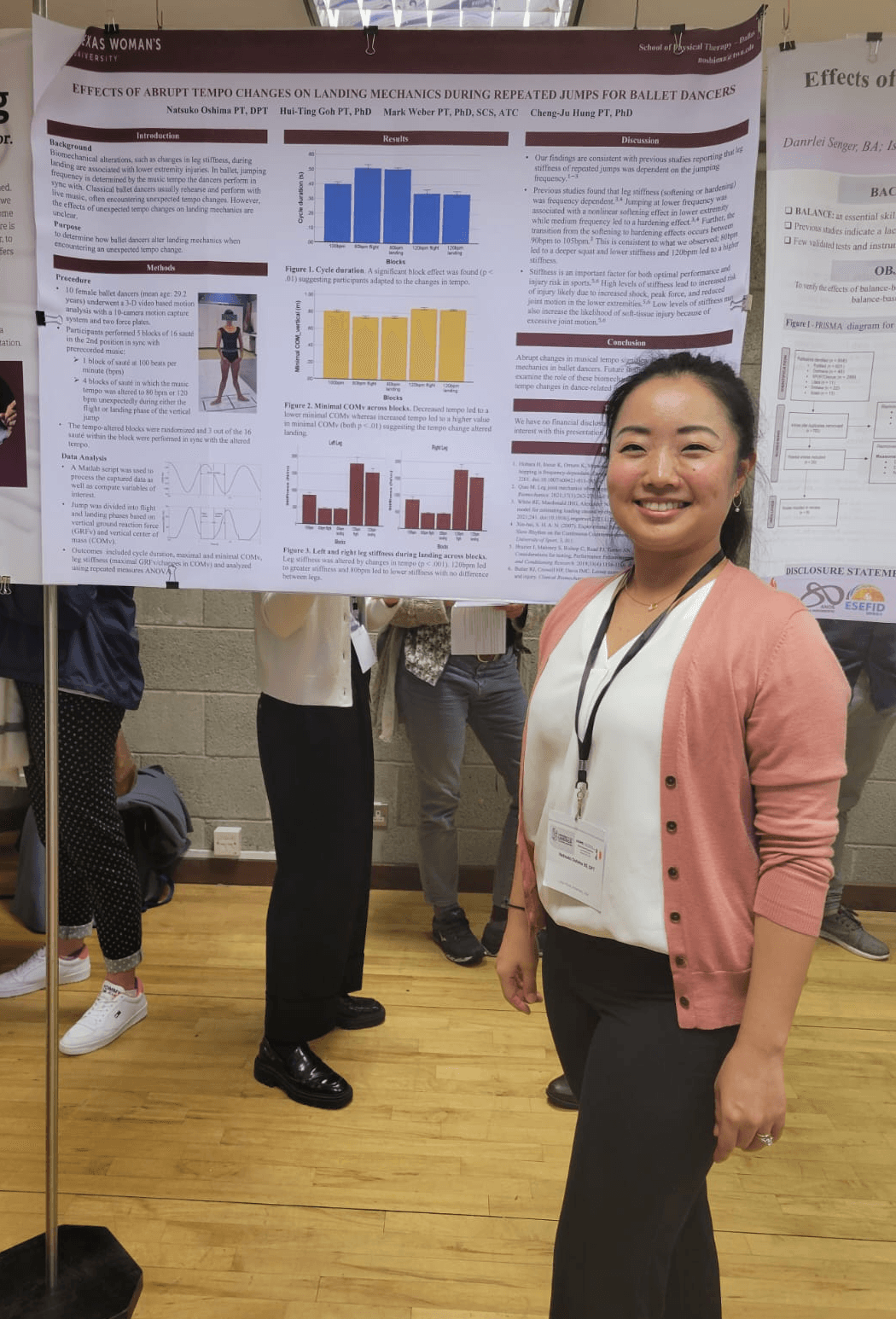
Image Credits
Ballet picture with a navy-white costume: Richard Finkelstein
Ballet picture with a black-pink costume: Siggul/Visual Arts Masters


